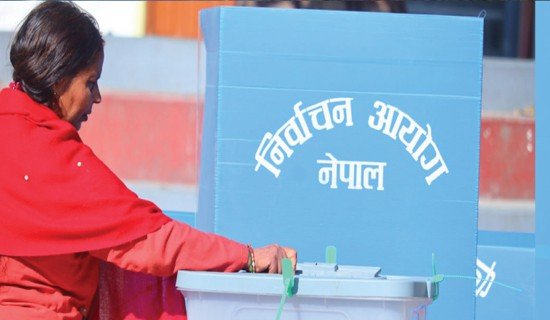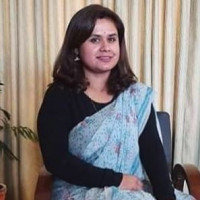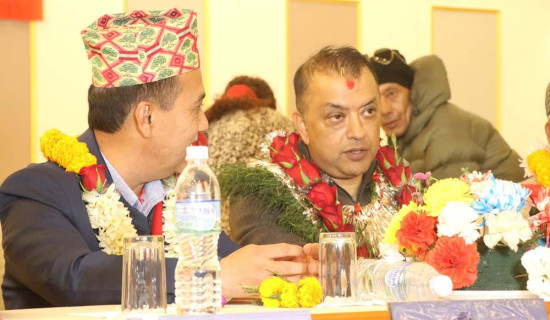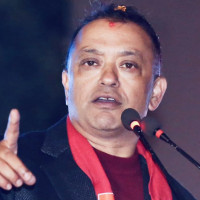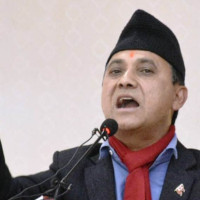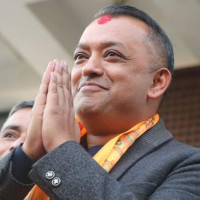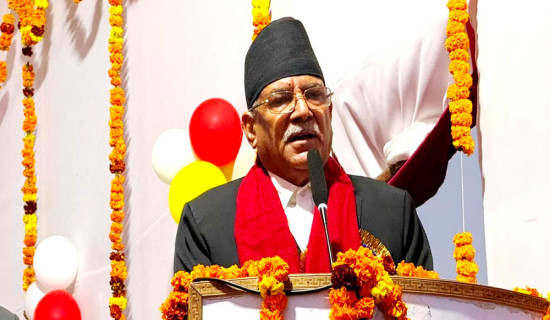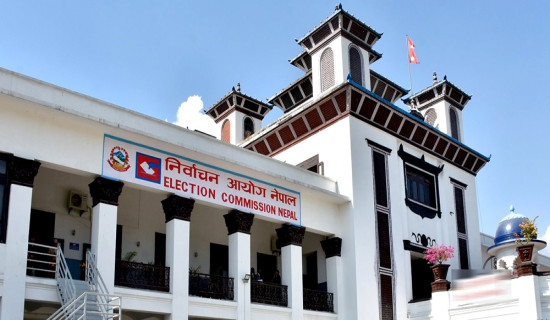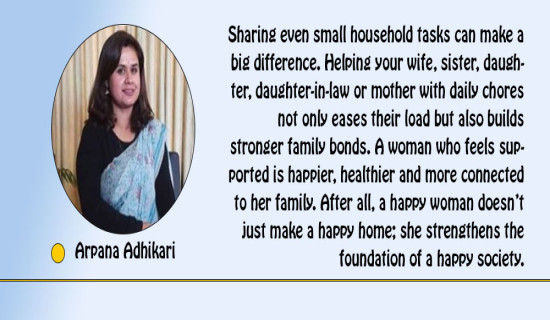- Saturday, 17 January 2026
Fewer women likely to be elected in local levels this time
Kathmandu, May 12: Nepal is holding the second local level elections since the promulgation of the Constitution in 2015 in a single phase on May 13 to elect 35,211 representatives for 753 local units, including six metropolitan cities, 11 sub-metropolitan cities, 276 municipalities and 460 rural municipalities. Altogether 55,698 women candidates, 38.4 per cent of total 145,011 candidates, are vying for various posts in local level elections slated for Friday.
As per the data provided by the Election Commission, 3,238 candidates are vying for the mayoral posts, and of them only 299 are females. Likewise, 155 women are vying for the post of rural municipality chief, 1,434 are in the fray for deputy mayoral post and 1,643 women are contesting for the post of deputy-chief of the rural municipalities.
Furthermore, 947 women are in the fray for the post of ward chair, 25,596 candidates for ward female members, 23,284 for Dalit women member and 2,407 for the post of ward members.
According to EC, 355 office bearers of different political parties have been elected unopposed, including 61 women ward members and 150 Dalit women ward members.
The 2017 local elections saw women getting elected in large numbers. Of the 35,041 elected representatives, close to 41 per cent (14,352) were women in 753 local units. Women won 91 per cent of the deputy chiefs and only seven were elected as mayor and 11 chairpersons.
Article 38 (4) of the Constitution says that women will have the right to participate in all state bodies on the basis of the principle of proportional inclusion.
However, this year, the electoral alliance among the ruling coalition from metropolitan cities to ward levels is likely to reduce women’s representation significantly in local bodies due to EC’s revised directive stipulating that it is not mandatory for political parties to field 50 per cent women candidates if they are contesting for only one of the two top posts, chiefs or deputy chiefs of the local level.
The EC has amended a provision in of the directives issued on March 30 for political parties.
In the point-6 of its directive the EC had made it mandatory to file candidacy of women when a party fields its candidates for only one position among chiefs or deputy chiefs at a local level. But in the revised directives EC has only asked political parties to give priority to women while filing candidacy.
The EC amended the provision on April 12 following the criticism of the political parties.
The Section 17 (4) of the Local Level Election Act-2017 makes it mandatory for a political party to field a woman candidate either for chief or deputy chief at the local level. However, the same law says the provision is not applicable when a party fields a candidate for just one of the two positions.
Writer and activist Rita Sah said a writ was also filed at the Supreme Court against the EC’s revised directives issued for political parties. However, the apex court did not give any ruling.
Sah said that out of six metropolises, the ruling coalition has fielded male candidates in four, whereas both ruling coalition and main opposition CPN-UML have fielded male candidates in both executive posts in Biratnagar and Birgunj Metropolis.
“This is a clear breach of the constitutional provision. Despite the constitutional provisions and law, major political parties are not committed to ensure their implementation.”
“Chances of a woman winning any of the two top executive positions are slim because major parties exploited the legal loophole in the law and fielded disproportionally more male candidates,” Sah said.
Political parties fielding men for the both topmost positions shows how gender insensitive our political leaders are. Due to the patriarchal mindset they are reluctant to give decision making positions to women, she added.
Sah said the last local elections were significant in advancing female political representation in Nepal. Almost 40 per cent women candidates had won the election. However, this time far less than 40 per cent women candidates have filed their nominations.
Similarly, EC’s Assistant Spokesperson Surya Kumar Aryal informed that a total of 123 seats reserved for Dalit women in ward level will remain vacant this time. The Local Level Election Act-2017 has made it mandatory that of the five persons elected in each ward, one must be a Dalit woman.
That means, 6,743 Dalit women representatives must be elected in 753 local units across the country. However, only 6,620 Dalit women will be elected as ward members from the upcoming elections, as there are no candidate
in 123 wards, including six wards of Kathmandu, nine of Bhaktapur and 11 wards of Lalitpur districts.

